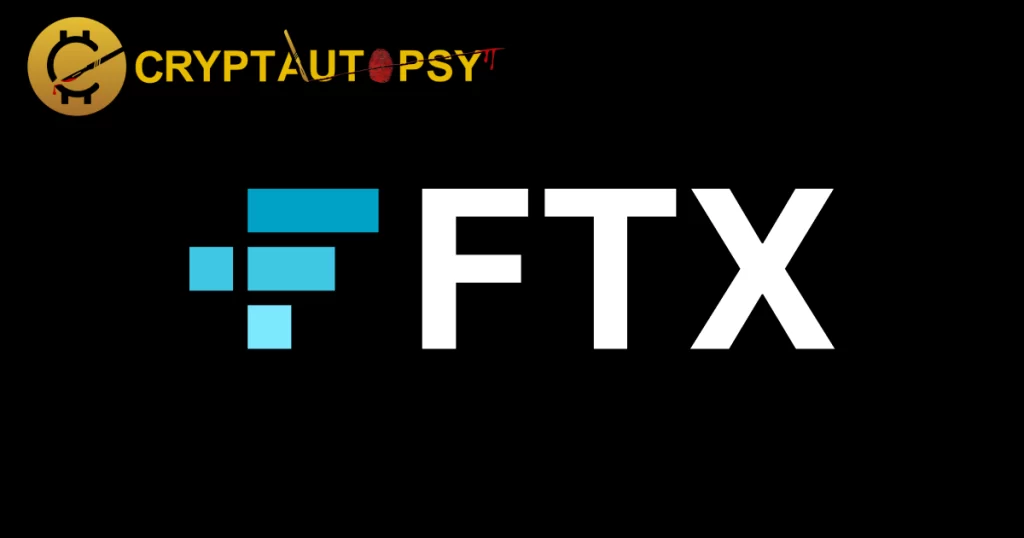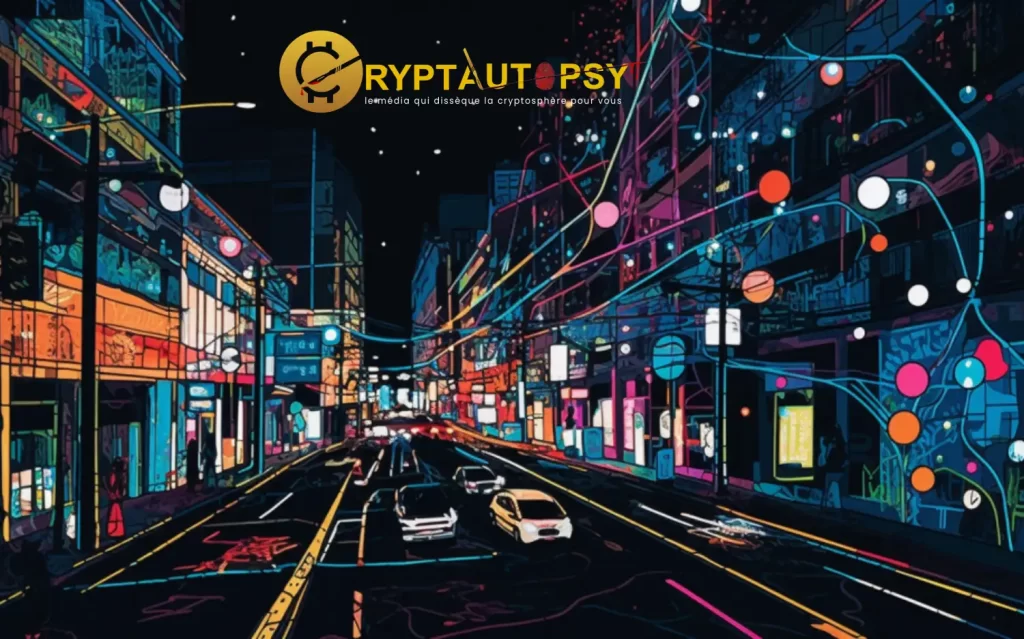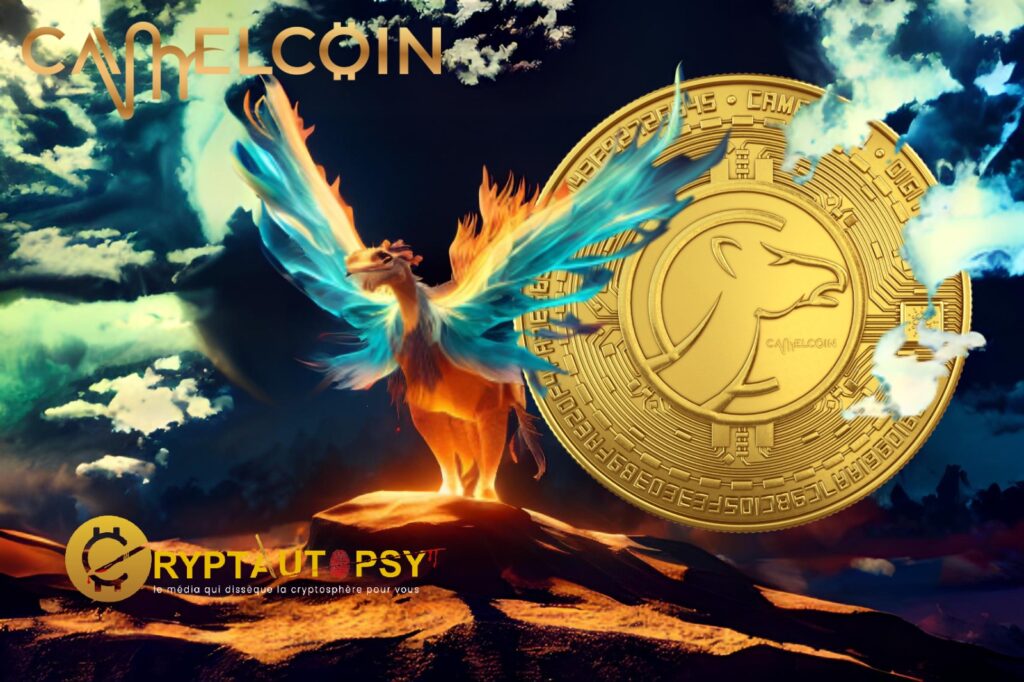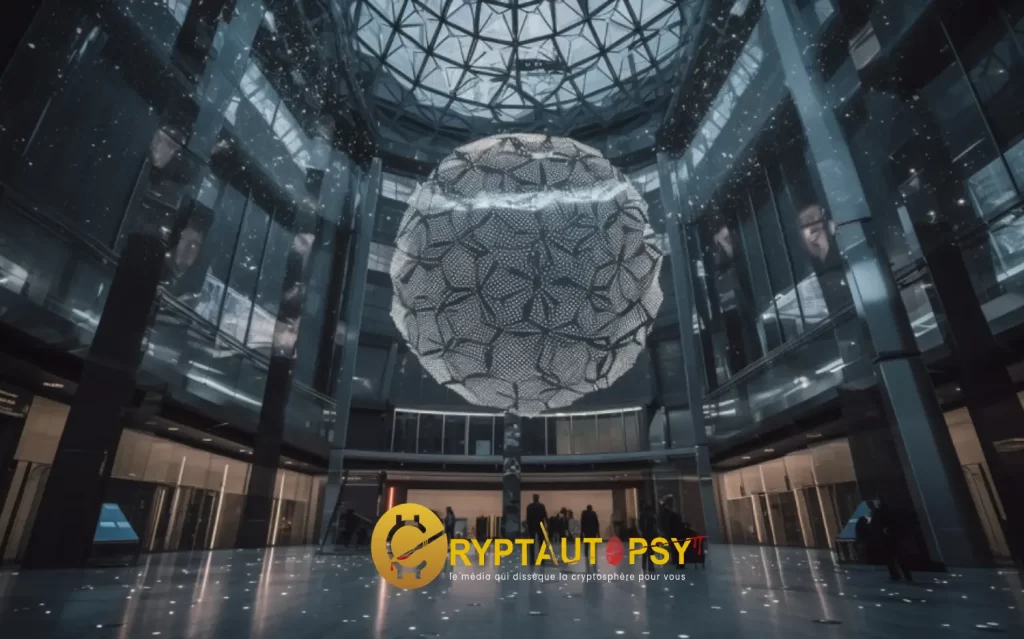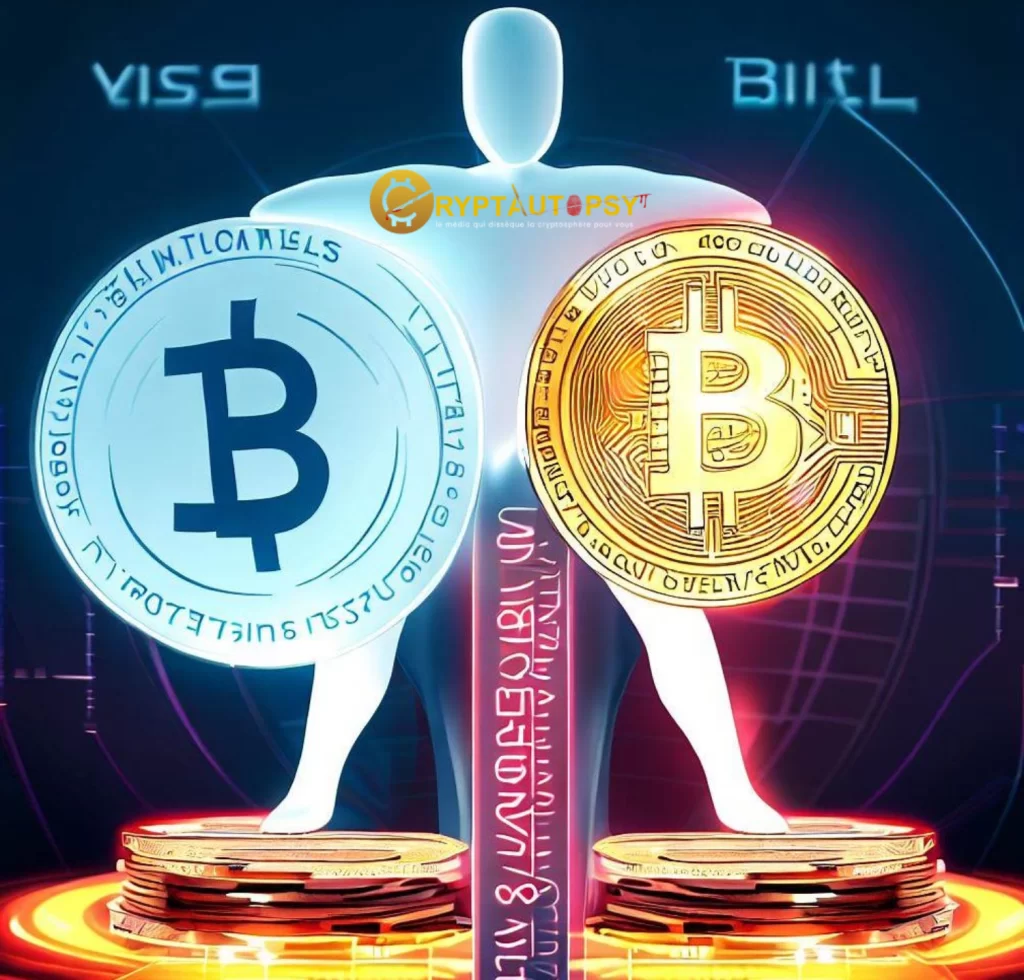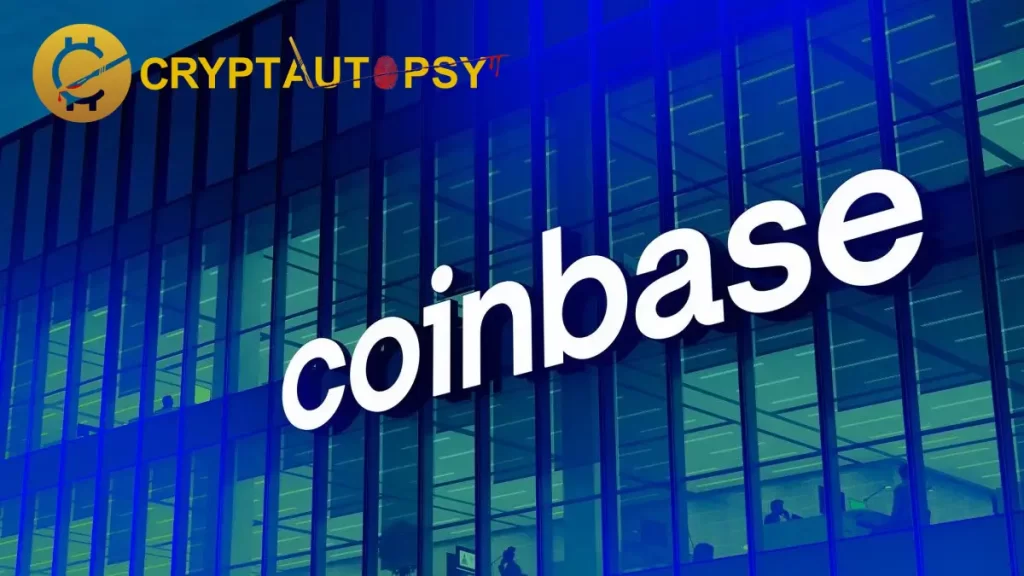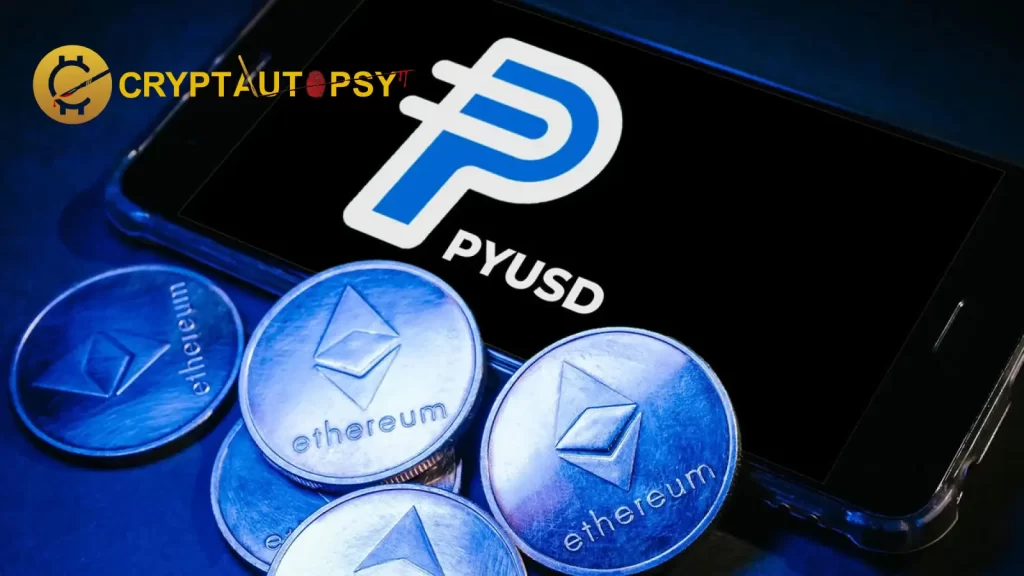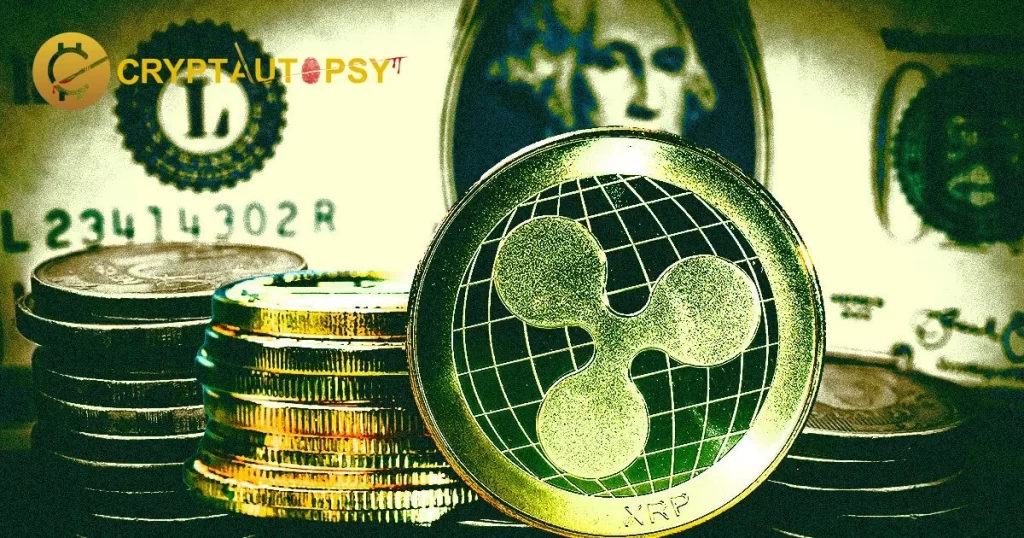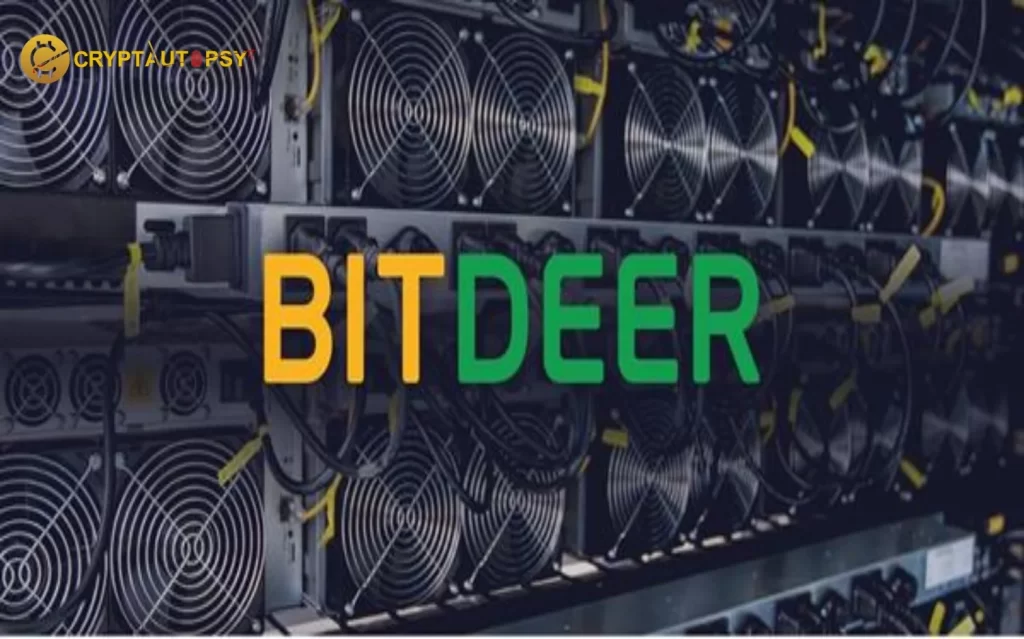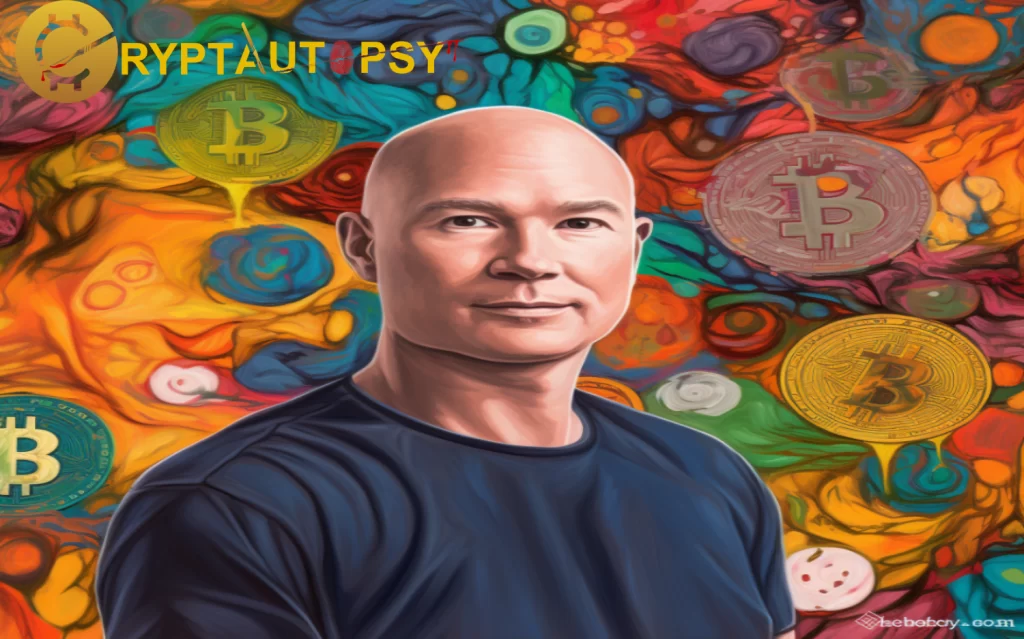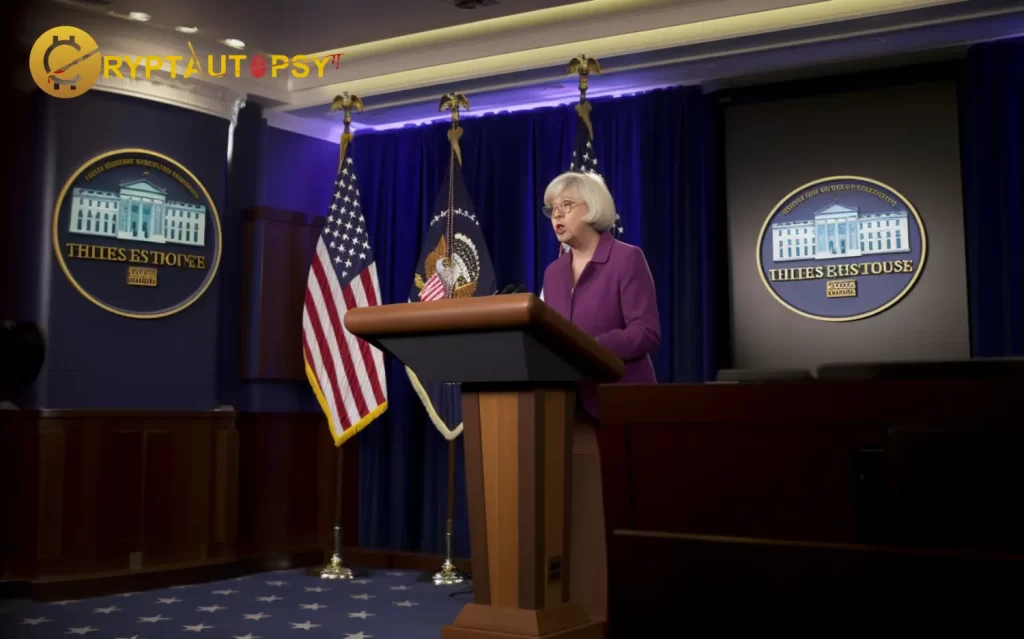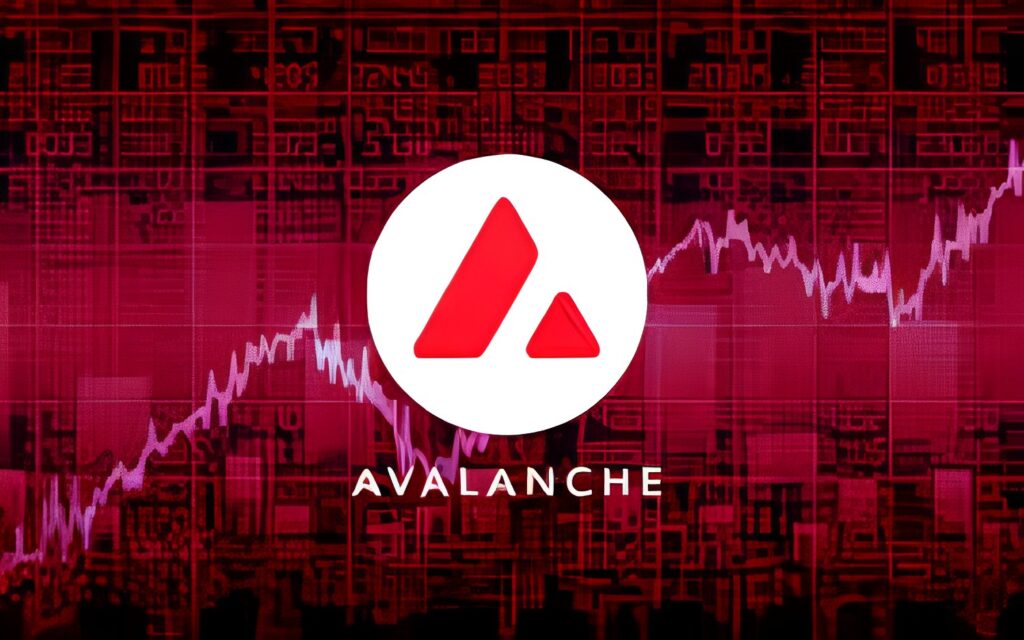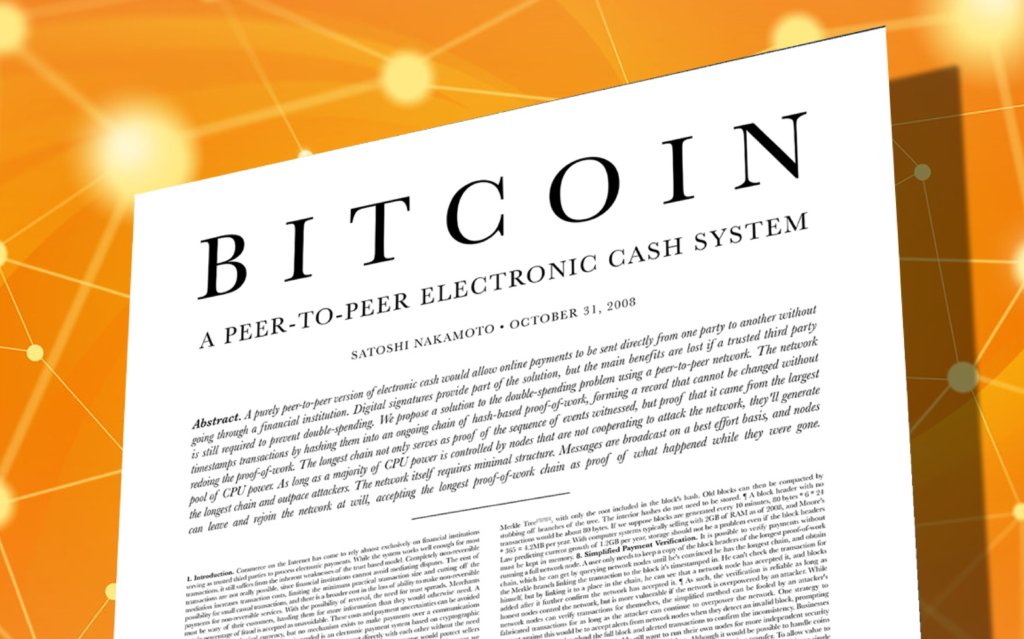Stepping Into the Digital Dimension: Banking Institutions Invade the Metaverse

The metaverse has become the new frontier for numerous financial giants, carving a path towards an entirely novel customer demographic.
Although the metaverse may no longer create the same ripples it did in the technology circuit, it has caught the eye of the finance industry. The young, tech-oriented audience active within metaverse applications presents an opportunity for banks to establish relations with a growing, digital-first consumer base that is not averse to fintech. Additionally, it is crucial for banks to leverage this pool of potential recruits for future staffing requirements.
The metaverse, in its extensive form, is a digital universe powered by blockchain technology that fosters unique human and socio-cultural experiences. This concept epitomizes decentralized, immersive social encounters often facilitated by virtual reality (VR) and augmented reality (AR), creating a whole new avenue for social interaction. There is no single entity or application that fully embodies the metaverse; users possess a singular, transferrable identity across various metaverse applications.
Banking Enters the Metaverse Prominent players in TradFi across the globe have started establishing their presence in the metaverse. JPMorgan made its entrance into Decentraland under the Onyx banner, described by the firm as a “blockchain-driven platform for bulk payment transactions.” In March of the previous year, HSBC acquired land on The Sandbox to interact with clients and offer them innovative experiences through these emerging platforms.
Asian banking behemoths, Kookmin and DBS, have also set foot in the metaverse, initiating various service offerings. South Korea’s Kookmin Bank offers proprietary metaverse-based financial services and personalized customer service, planning also to incorporate employee training and financial education for the younger clientele. Singapore’s largest bank, DBS, purchased a sizable plot on The Sandbox to cultivate interactive experiences aiming to foster a more sustainable world. The bank states that this collaboration is part of an endeavor to explore Web3 opportunities and raise awareness on critical ESG subjects.
In Canada, financial veterans TD and RBC are running metaverse pilot programs to comprehend the technology better and stay ahead of the curve in delivering immersive services to their customers effectively. TD’s program, which took place from January to April this year, involved pilot trials focused on customer experience.
Gearing Up Advisors for Web3 Financial Offerings The aforementioned transformations in the banking realm transcend virtual storefronts and pixelated property acquisitions.
Banks are gearing up their financial advisors and wealth managers for Web3-oriented financial products. These include metaverse ETF and index products, driven by the growing market capitalization of metaverse tokens and the shift in digital asset investments among millennials, Gen X, and Gen Z clients.
Supporting these shifts, a report by Capgemini, titled “Wealth Management Top Trends 2023,” disclosed that 70% of the high-net-worth individuals (HNWIs) worldwide have invested in digital assets, with over 90% of HNWIs under 40 opting for cryptocurrencies as their preferred investment asset.
The financial services sector’s influence on the metaverse signifies the next evolutionary phase in banking and capital markets. This evolution is evident in advisors taking steps to expand their knowledge about a variety of cryptocurrencies beyond the two significant assets, bitcoin and ether. Many advisors feel the need for this education to facilitate access to this emerging asset class, and the industry is evolving to meet this demand by developing digital asset education and curricula.
CryptOctopus
Dive into the oceanic world of Inky, the fintech-savvy octopus. Having discovered a sunken treasure chest filled with Bitcoin hardware wallets, Inky ventured into the world of cryptocurrencies, becoming a self-taught expert. With a 360-degree vision for market trends, exclusive OctoTrade Signals transmitted via ink-sprays, and Cephalo-Consulting services, Inky offers a unique blend of underwater wit and fintech expertise. A fan of marine-themed altcoins like PoseidonDAO and SeashellCoin, Inky also enjoys underwater chess and squid-wrestling when he’s not busy with crypto. Connect with Inky by dropping a message in a bottle and setting it adrift on the high seas. He’s always ready to lend a tentacle or two!





